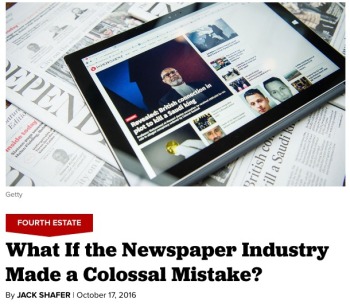
The blanket Patricia Maris gave me this week.
Patricia Maris, the widow of Roger Maris, sent me a blanket as a gift this week. I am overwhelmed.
I’ll explain, but it will take a while: This story starts more than 55 years ago.
I don’t remember being at all aware of baseball from 1957 to 1960, when my father was stationed in England in the U.S. Air Force. My strongest childhood memories of England are of Mrs. Shaw, the retired school teacher next door who tutored me and taught me to read, using Janet and John books.
We moved to Utah when I was 5, and I was reading at the fourth-grade level, already launched on a lifetime as a nerd who loved to read and pursued passions single-mindedly. One of my first such passions was geography. My parents bought me some flash cards of the states to amuse me on that long drive west from New Jersey, where we landed in the United States, to our new home in Utah. I memorized the shapes and capitals of the states. I asked Mom or Dad which state I was born in. Dad was stationed then at Sampson Air Force Base in the Finger Lakes region of New York. So that became my favorite card and my favorite state.
Soon baseball became another passion for this intent, focused nerd. We didn’t have a television yet (my parents didn’t cave in on that indulgence until after the JFK assassination in 1963). But Mom listened to the 1960 World Series on the radio. A lifelong Cubs fan (yeah, more on that later), Mom rooted for the National League team, the Pittsburgh Pirates. But New York was my state and New York became my team.
So my early baseball heroes were Mickey Mantle, Bobby Richardson and Whitey Ford, who had historically great performances in that World Series. And the season’s Most Valuable Player, Roger Maris, played pretty well, too, and I started liking him as well. But Bill Mazeroski broke my young heart. (more…)
 I hesitate to give more attention to a study and Politico Magazine column that comforted newspaper nostalgists, but I must: Both are BS.
I hesitate to give more attention to a study and Politico Magazine column that comforted newspaper nostalgists, but I must: Both are BS.


